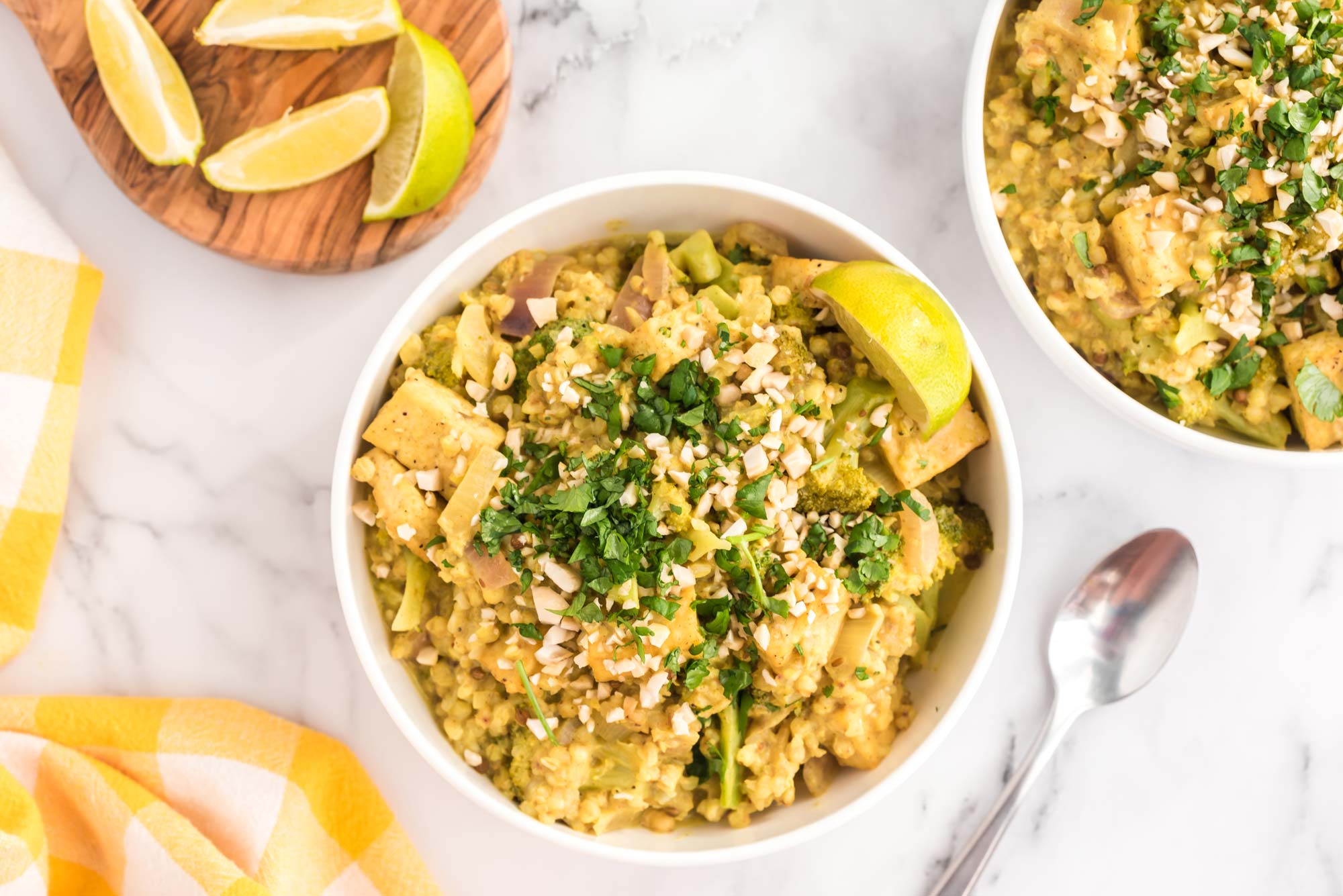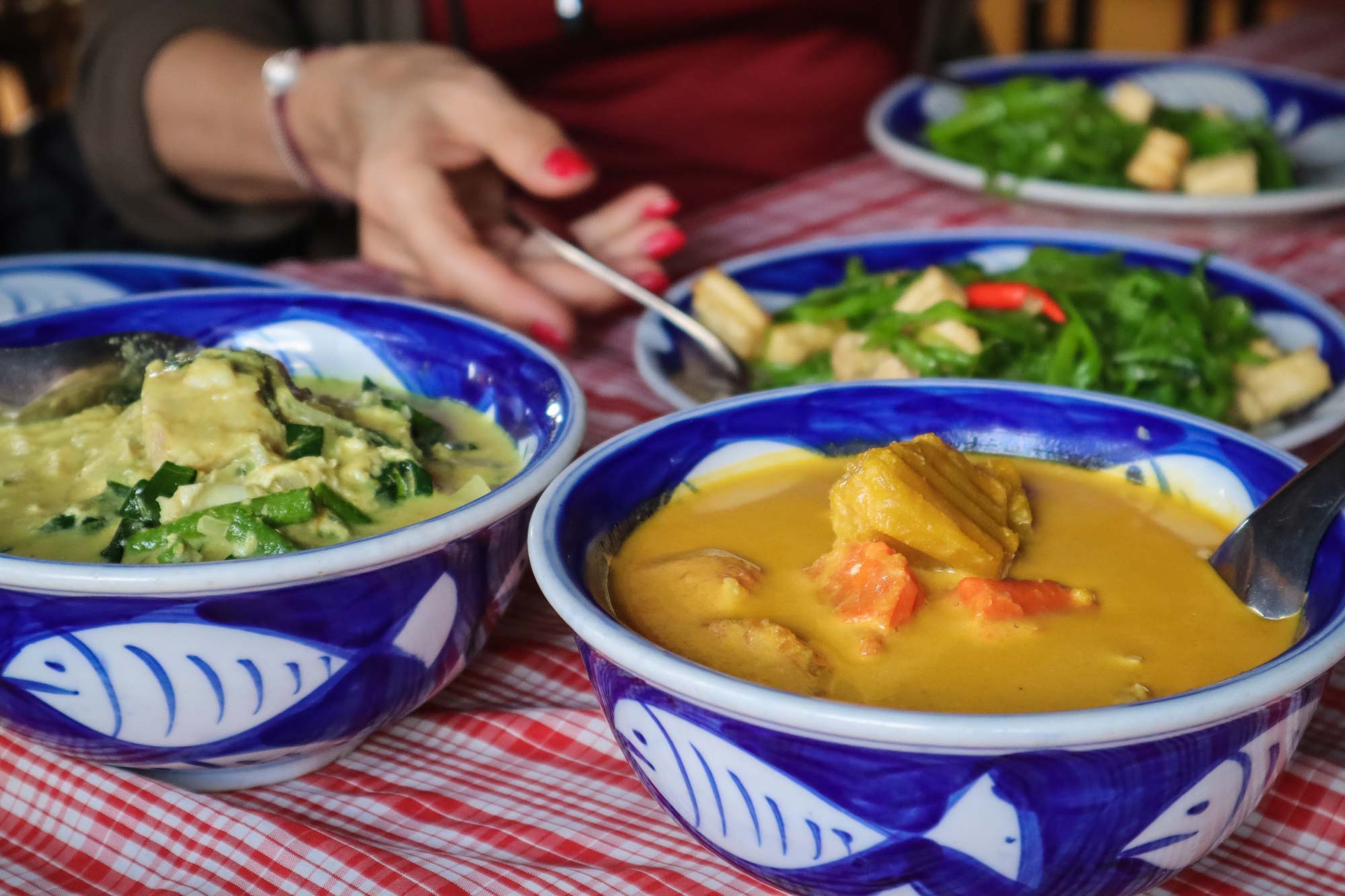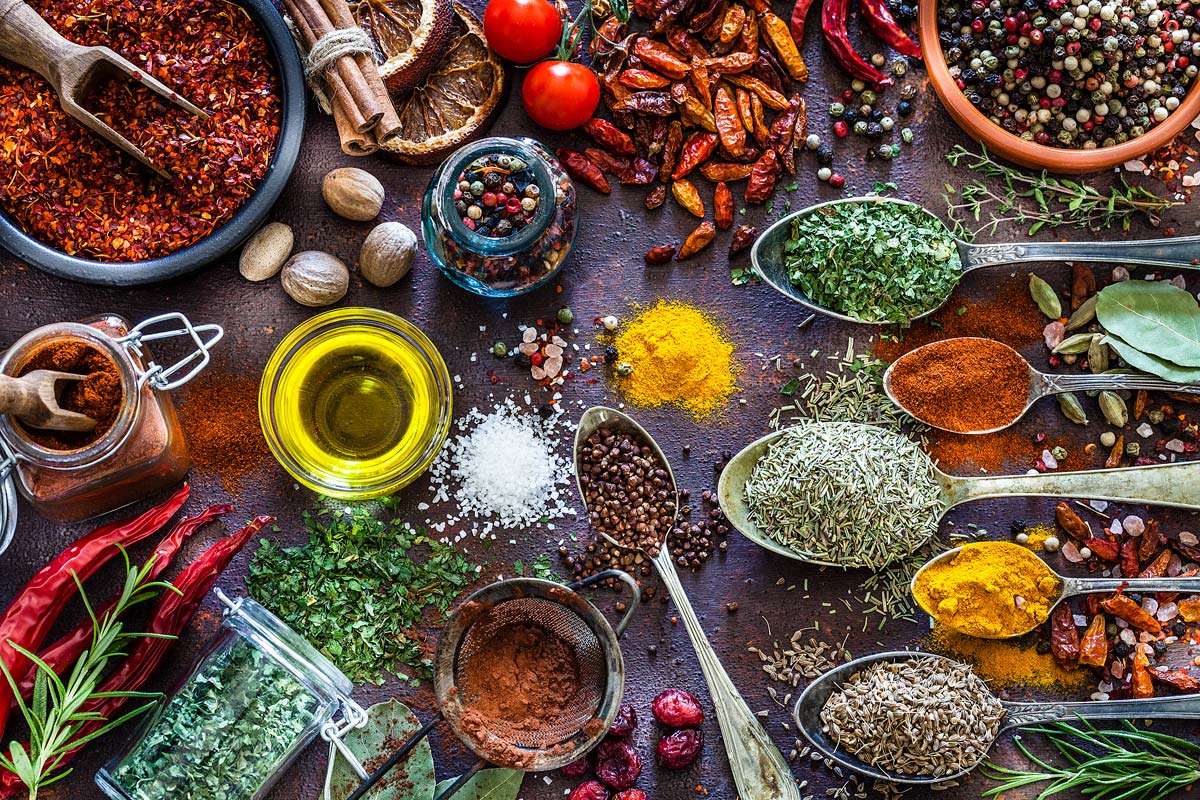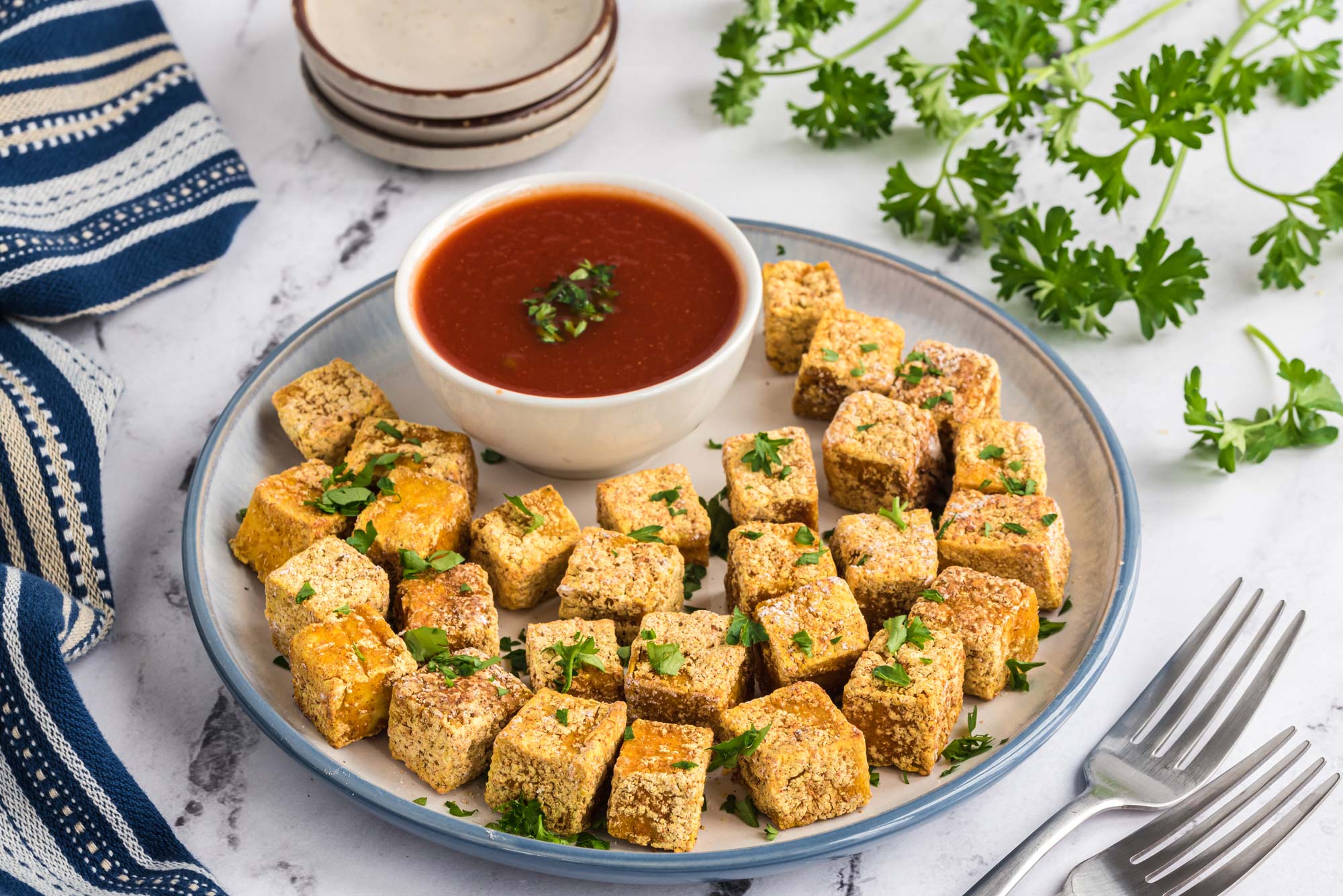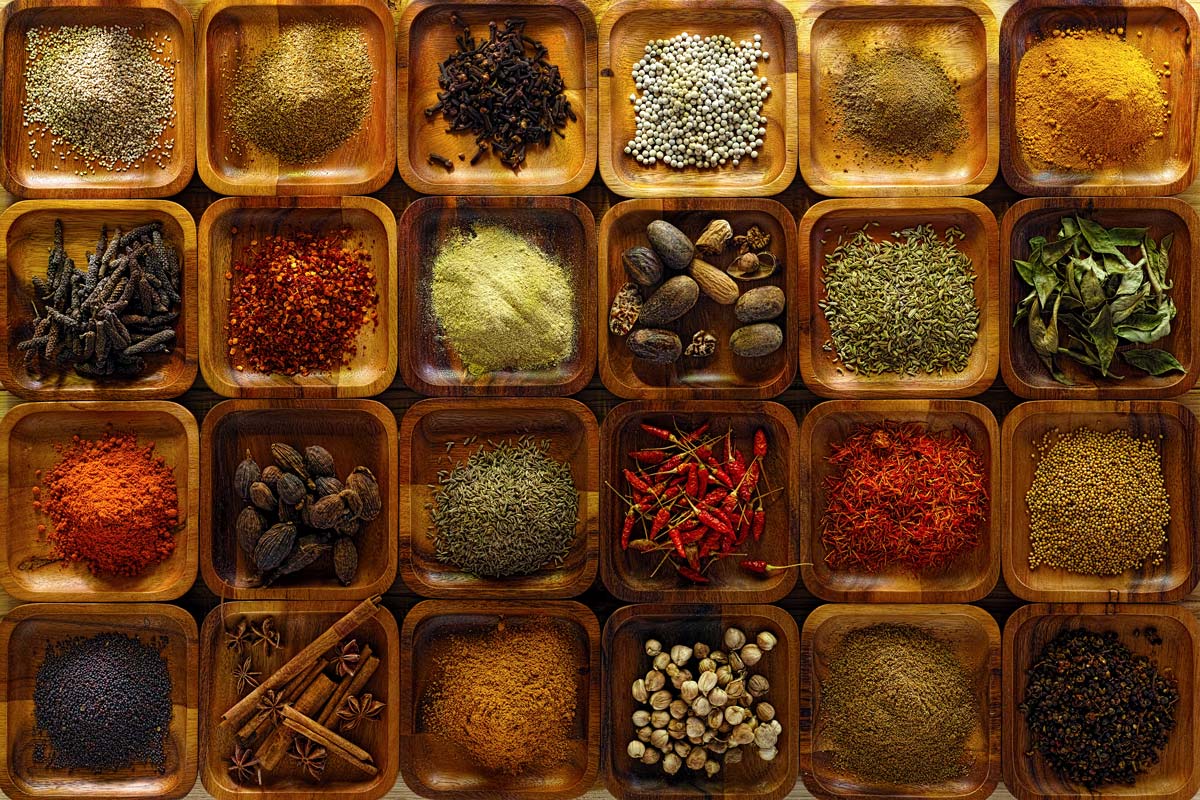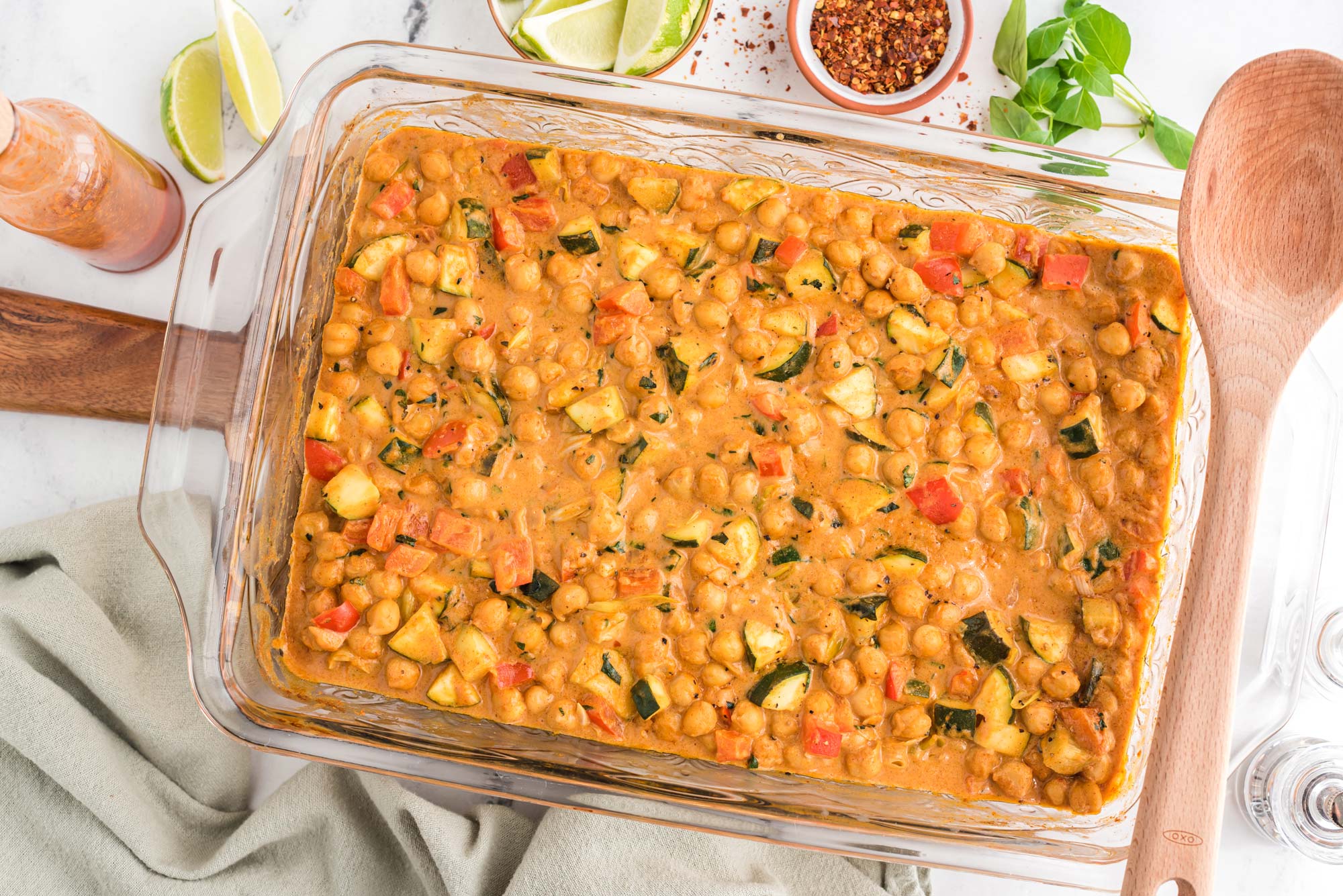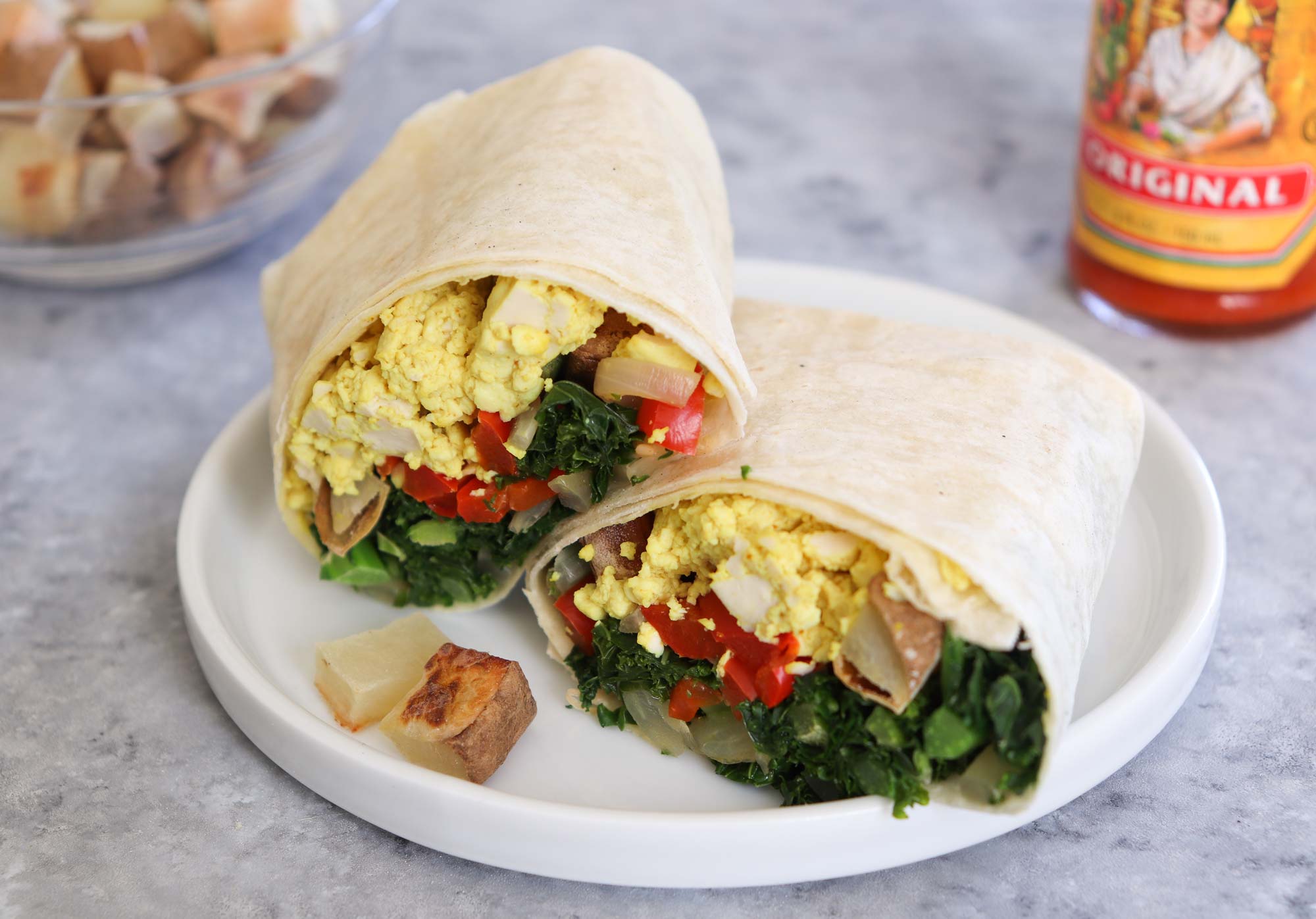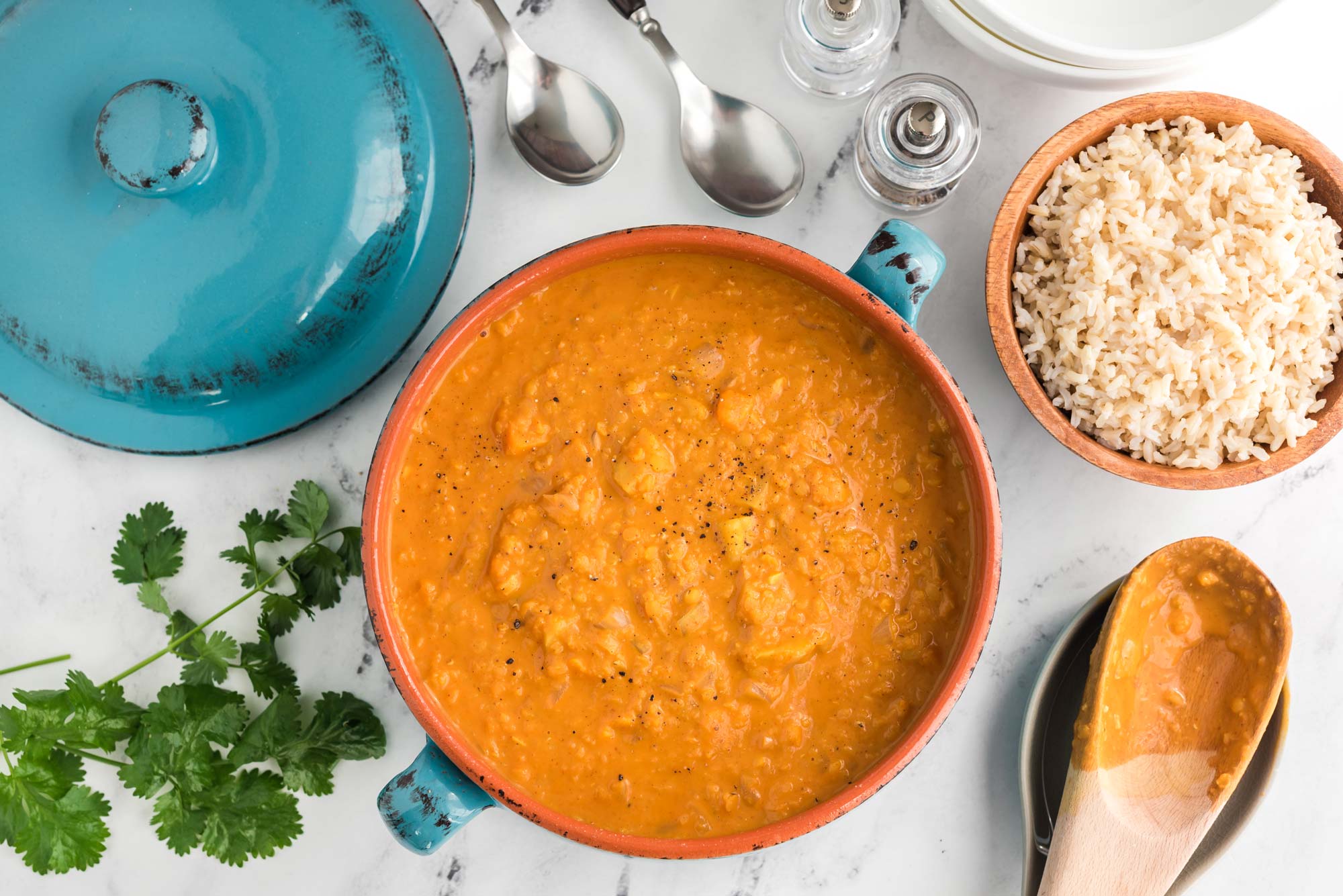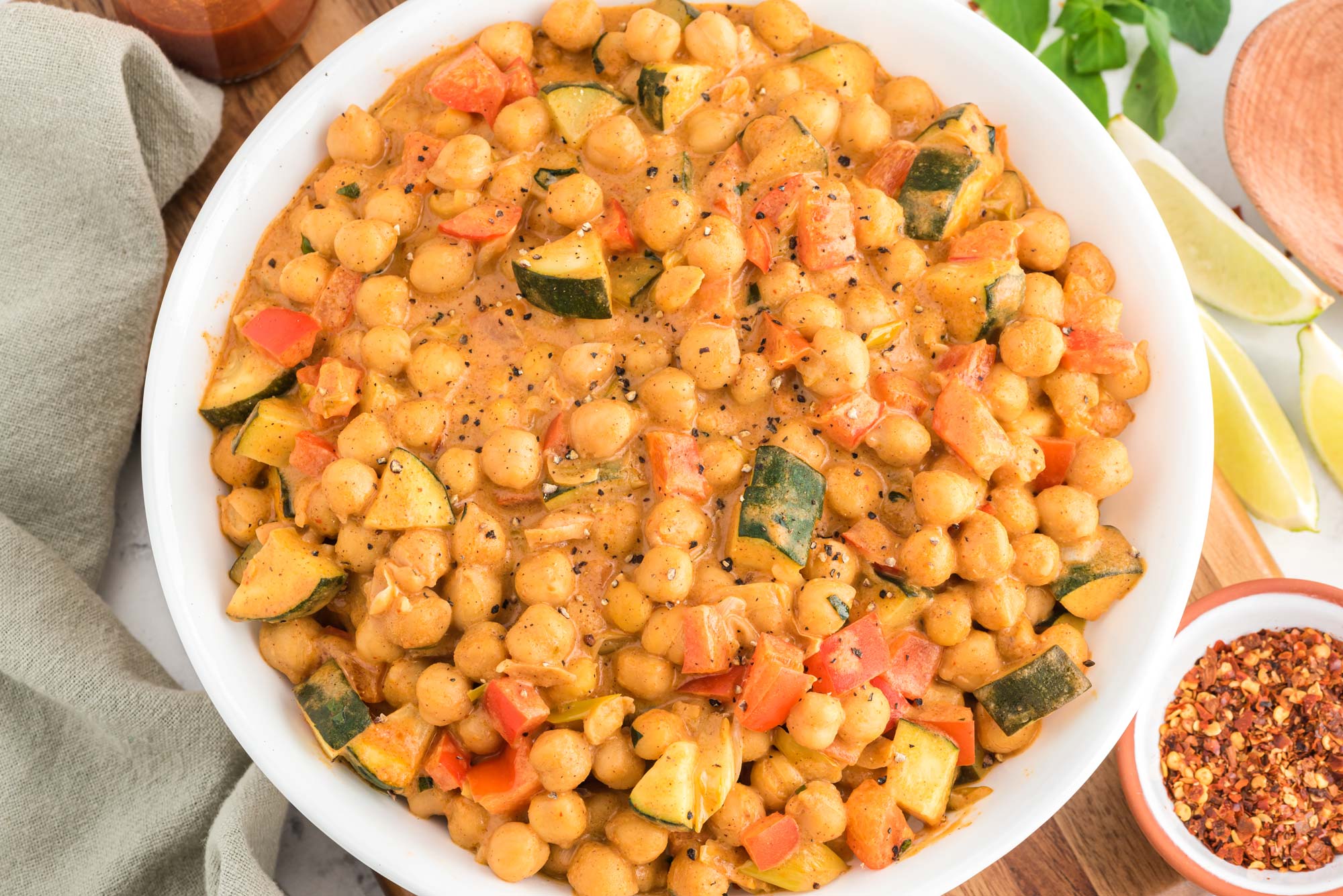When I began researching this article, I had no idea I’d be diving so deeply into world history. But you can’t understand the global reach, popularity, and variety of curry cuisine without finding out about 17th century US land grants. Or the conditions in engine rooms on 19th century British steamships. Or the close friendship between Queen Victoria and her Indian attendant Abdul Kari. And how the 20th century innovation of combining yogurt with canned tomato soup produced the most popular dish in the United Kingdom.
Don’t worry if you aren’t a history buff; we’ll also explore the delicious side of curry as we follow its progress through time and space. We’ll learn which spices make up Indian curries as opposed to those found in Thai, Chinese, Filipino, and Caribbean kitchens. We’ll see the latest research on how these spices can support our health. And, of course, we’ll end with some delicious curry recipes so you can turn all this information into appetizing aromas and tantalizing tastes.
The Popularity of Curries
The first thing to know is that the word “curry” can refer to many things: the dishes, the spice blends used in those dishes, and even a specific curry plant whose leaves are often included in South Asian spice blends. Also, basketball star Steph Curry and actor Tim Curry (Dr. Frank-N-Furter in the film The Rocky Horror Picture Show), but I digress.
The second thing to know about curries is that they are among the most popular dishes in the world, beloved for their fragrant, spicy flavors. You may have encountered them only in Indian or Thai restaurants (if you live in the US, that is; for reasons we’ll get into soon, you’ll find something curried on just about every restaurant menu in the UK), but they have a long history in the West. In fact, the first known American curry recipe, for apple curry soup, appears in a manuscript written by Catherine Moffatt Whipple, born in 1734 and wife of a signer of the Declaration of Independence.
So curries have been making their way around the world for hundreds of years. But if you’ve never cooked a curry, it can seem mysterious. Chefs guard their secret spice blend formulas. And food writers argue passionately about the proper composition of garam masala and Chettinad masala. So what exactly is a curry, and how do you make curry dishes?
What Is a Curry?
The term “curry” originated with the British to refer to the variety of fragrant spices used in Indian cooking. In traditional Indian cookery, the spice mixtures, called “masalas,” are prepared in the home. Many of these are blended with a liquid, such as water or vinegar, to create a curry paste or sauce.
Fresh ingredients and pastes didn’t travel well, however. So when British officials of the East India Company returned to England with their fortunes, they tried to figure out how to continue enjoying the cuisine they had enjoyed on the Indian subcontinent. The Brits then discovered that they could import what they loved about Indian cuisine back to England in the form of curry powders. Armed with these spice blends, English chefs began to recreate Indian dishes in their own kitchens.
As we’ve seen, curry can refer to a flavor element or a dish itself. As an element of a dish, curry is not a specific spice but a mixture. This can be confusing since there is a plant called a curry tree, and leaves from that tree are sometimes used in curry blends.
Curry Spices
Curry mixes can include many spices — roughly 20 different kinds are used in different combinations, depending on the flavor desired. Common curry spice blends include cinnamon, cumin, coriander, cardamom, nutmeg, asafoetida (which shares a root with the word “fetid,” referring to the aroma of this spice before it’s cooked), fenugreek, fennel seeds, saffron, and, perhaps most significant of all, turmeric.
The specific ingredients, ratios, and methods of preparation vary from country to country, region to region, and even family to family. But the nice thing about this, of course, is that it’s impossible to get a spice blend “wrong.” As long as you like the taste, you can’t mess it up.
The trick with curries is to get the flavors of those spices into the dish itself in ways that enhance rather than overpower the other ingredients. Most curries are liquid-based, which is reflected in the etymology of the word. Linguists identify the origin of the word curry from the Tamil word kari, which means “sauce.”
In Thailand, home of red, green, and yellow curries, these dishes are called gaeng (also written as kang, gang, or geng), which means “any wet, savory dish enriched and thickened with paste.” Hats off to a language that can put all of that in one word!
Curry Origins
Central to curry’s origins appears to be in the Indus civilization Harappa, the land we now know as Pakistan, circa 2500 BCE. The original curry was probably a slurry of onion, garlic, and ginger, three potent roots that also turn out to have tremendous health benefits. The innovation spread geographically, soon appearing in the cuisines throughout the rest of the Indian subcontinent, Thailand, Japan, China, the Philippines, and other regions.
Eventually, curries reached the Americas, primarily through the cooking traditions of indentured Indian servants who were brought to work on British-owned plantations in the Caribbean. Soon, curries became staples in the cuisines of Jamaica, Trinidad and Tobago, Barbados, and other islands in the region.
As curries spread, they morphed according to local preferences, spices, and food availability. Caribbean curries’ distinctive flavor is allspice. In Thailand, curries often include lemongrass and galangal root with coconut milk as the liquid base of the sauce. Every region has its own chili peppers, and these get incorporated into the curries as well. Interesting fact: chili plants are native to the American continents and were introduced to Europe by Columbus. They made their way to Africa, India, China, and the rest of the world via mercantile travel.
UK Curries & Curry Houses
More than any other western country, however, the UK has adopted curries as a central element of its national cuisine. In the 19th century, curries were popularized both by merchants and administrators enchanted by the food they had enjoyed while plundering India, and by Queen Victoria herself, who may have been introduced to the dishes by her close friend and servant, Abdul Karim. (Their unlikely friendship was popularized by the 2017 film Victoria and Abdul.)
It wasn’t just taste, multicultural appreciation, and deep bonds of friendship that motivated the queen’s promotion of curry, points out historian Lizzie Collingham, author of Curry: A Tale of Cooks and Conquerors and The Taste of Empire. Spreading the word about this “exotic” cuisine also lined up with her imperial agenda. The more of the world the British Empire controlled, the more new and exciting foods her citizens could enjoy.
The UK found a source of chefs from the Indian subcontinent who could prepare these dishes thanks in part to the terrible working conditions found on British merchant ships. The work was so unbearable, many of the workers jumped ship when they reached English ports and found work in restaurant kitchens. By the 20th century, a number of these immigrants and their children had saved enough money to open their own establishments.
This led to the rise of curry houses — restaurants that provided anglicized versions of Indian dishes. Despite their Hindi names and curry spices, dishes like chicken tikka masala are as English, historically speaking, as fish and chips and bangers and mash. For many years, in fact, tikka masala was the most commonly ordered dish in English restaurants.
Types of Curry
We can classify the wide variety of curries in a few different ways. One is by color: red, yellow, and green. Red and green curries are generally spicy, although this characteristic can, of course, be adjusted by varying the types and amounts of spices. Typically, yellow curries are the mildest, lacking the red and green chilies that give those curries their heat.
The colors come both from the spices and other ingredients as well. Red curries can include tomatoes as well as red chilies. Examples of red curries include the Indian tikka (whose red comes primarily from tomatoes and Kashmiri chilies — or sometimes paprika) and vindaloo (red vinegar) curries, and the Thai panang and massaman (both red from chili peppers).
Yellow curries, like the Indian korma, get their hue from turmeric. And green curries use green chilies, as well as other green ingredients like lime leaves and cilantro.
Health Benefits of Curry
The more science learns about the health effects of the spices that make up curries, the more it becomes clear we should consume a whole lot of them. In this respect, the West is just catching up to the traditional Indian health system called Ayurveda, which prescribes spices, individually and in combination, for a variety of health conditions. Turmeric, for example, may be part of the reason that India has one of the world’s lowest rates of Alzheimer’s (roughly half of that in the US); it’s called the “king of spices” for good reason.
Cumin, another key curry spice, may improve digestion, can help regulate blood sugar (important for those with diabetes), and appears to be protective against heart disease, among many other beneficial characteristics.
Ginger, whether fresh or powdered, aids in digestion and also acts as an antioxidant and anti-inflammatory. It appears to aid in weight loss and can lower cholesterol and reduce the risk of heart disease. It’s also potentially helpful in reducing swelling and pain from osteoarthritis.
The variety of curry spice blends and recipes provide a wide range of potential health benefits. Chili peppers, garlic, cinnamon, and onions also come with documented health effects, including reducing inflammation, preventing cancer, reducing Alzheimer’s risk, improving bone health, and promoting heart health.
Where to Find Curry
You can find commercial curries as a paste or powder, or, increasingly, in a jar or packet as a premade sauce. Many supermarkets and grocery stores have a selection of these products in their spice aisles, or in the international section (often near Asian foods).
You can find a much wider selection of curry products at Indian and Asian grocery stores, upscale health food stores, and online. (Note: if you’re fish-free, check the ingredients on Thai curry pastes and sauces, in particular, as they’re often flavored with shrimp paste or fish sauce.)
Choose your spice blend based on the cuisine and the dish you want to make. And remember that heat levels can vary. It’s probably a good idea to start with milder blends and work your way up. I once bought a few ounces of an extremely hot curry blend, which, so far, has turned out to be a lifetime supply. The mildest curry powders will often have turmeric as the first ingredient.
You can also make your own curry spice blends. Here’s a DIY recipe using a combination of whole and ground spices: Indian Curry Powder. And here’s one featuring ground spices only: DIY Curry Powder.
How to Use Curry
Typically, you add curry paste, powder, or sauce to a broth- or sauce-based dish. Many of the most common curries are meat-based (chicken vindaloo, lamb rogan josh, beef kofta “meatballs”), but it’s easy to substitute plant-based ingredients. Thanks to India’s robust vegetarian traditions, there are many vegan and vegetarian options already: lentils, veggies, and even fruit like pineapple. These dishes, like all curries, can be served over rice, another grain like quinoa, or with Indian breads like naan, roti, or paratha. And, of course, if you like, you can use plant-based meat analogues, from the familiar tofu or tempeh, to plant-based meats.
You can also add curry powder or curry spice mixes to a number of other dishes, like soups and stews, stir-fries, potato dishes (any Indian dish with the word “aloo” contains potatoes), condiments like ketchup (if you’ve never tasted curry ketchup, you’re missing out!), and marinades for tofu and other meat analogues. One of my favorite ways to add curry spices to my day is to include them in a breakfast tofu hash, also known as scrambled tofu. The turmeric makes the tofu curds look a lot like scrambled eggs.
Curry Recipes
Whether you’re a curry newcomer or longtime devotee, we think you’re going to love the curry options below.
If you’re looking for an appetizer, dive into the Crispy Curry Tofu Poppers with Sweet Mango Sauce (yum!). Want to start the day with amazing burritos that have a kick? Then the Curry Tofu Breakfast Burritos are for you! If experimenting with a variety of grains is your thing, then you’re going to crush on the Buckwheat Tofu and Broccoli Curry. And if you’re looking for a dinner date, the Sweet Red Lentil Curry has you covered. Finally, feel like you’re dining out at your favorite Thai restaurant with the Thai Almond Chickpea Curry!
1. Crispy Curry Tofu Poppers with Sweet Mango Sauce
Don’t let the ingredient list fool you — this recipe is super simple to make! If you’re new to curry (or even a “seasoned” curry enthusiast), enjoying these poppers with a sweet and tangy mango sauce is a great way to start (or continue) your curry journey! The spices in both the crispy tofu and the sweet mango sauce are what give this dish its “wow” factor!
2. Curry Tofu Breakfast Burritos
One common practice when substituting tofu for eggs is to add ground turmeric to create the yellow hue that typically comes from egg yolks. Turmeric also adds a subtle earthy flavor as well as healing qualities from the curcumin. This tofu curry also includes cumin and garlic — two other nutrient powerhouses that enhance flavorful curries. Pro tip: Sprinkle a little ground black pepper on top before serving, which helps to activate the healing compounds in turmeric.
3. Buckwheat Tofu and Broccoli Curry
Hearty, satisfying, and invigorating thanks to curry spices, this dish delivers both flavor and nutrition. Fun fact about buckwheat: It’s actually a cousin of rhubarb, so it’s not technically a grain at all. But its nutrients, nutty flavor, and usage have allowed it to become classified as a grain. Combine nutritious buckwheat with superfood broccoli, tofu, and healing spices, and you have a recipe that is guaranteed to please the palate and the soul.
4. Sweet Red Lentil Curry
This curry is like the ideal dinner date: a little sweet, a little spicy, extremely satisfying, and when it’s all over, you can’t wait to see them for dinner again. And, don’t be surprised if you have that post-dinner-date glow the next day from all of the healing ingredients like garlic, ginger, sweet potatoes, and lentils!
5. Thai Almond Chickpea Curry
Get enchanted by the aromatic mingling of nutty coconut sauce infused with lime, ginger, and curry spices while this dish is baking. It’s a deeply flavorful dish that is almost effortless in preparation. The result? A restaurant-style meal that you can serve over cauliflower rice or your favorite whole grain.
Cultivate a Love for Curry
Curry is many things: a cuisine, a dish, a sauce, a spice blend, and a link to cultures around the world. Its flavor varies from country to country and even kitchen to kitchen. But because it’s beloved and adopted by many cultures, curry can bring the world together in a positive and peaceful way. And both curry dishes and curry spice mixes are incredibly versatile and can be used to make an endless amount of flavorful and nourishing, plant-based dishes.
Tell us in the comments:
- What’s your favorite curry dish? What cuisine is it from?
- How many curry spices do you have in your spice cabinet?
- Which curry recipe do you want to make at home?
